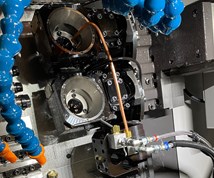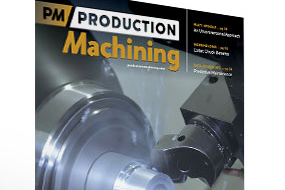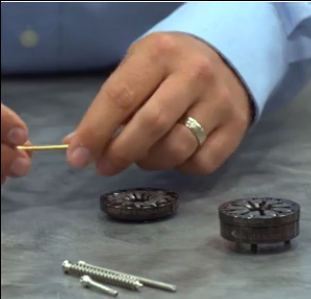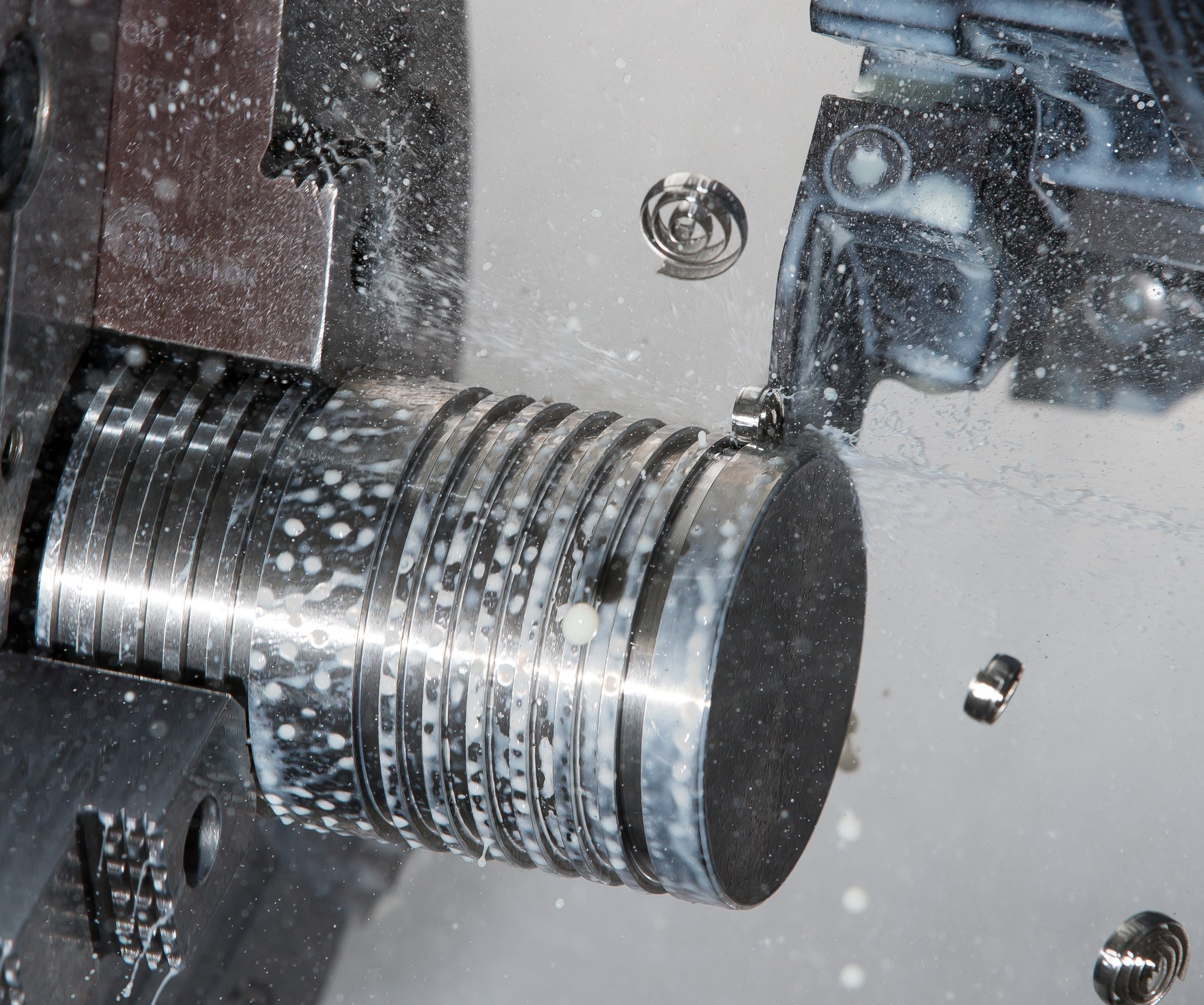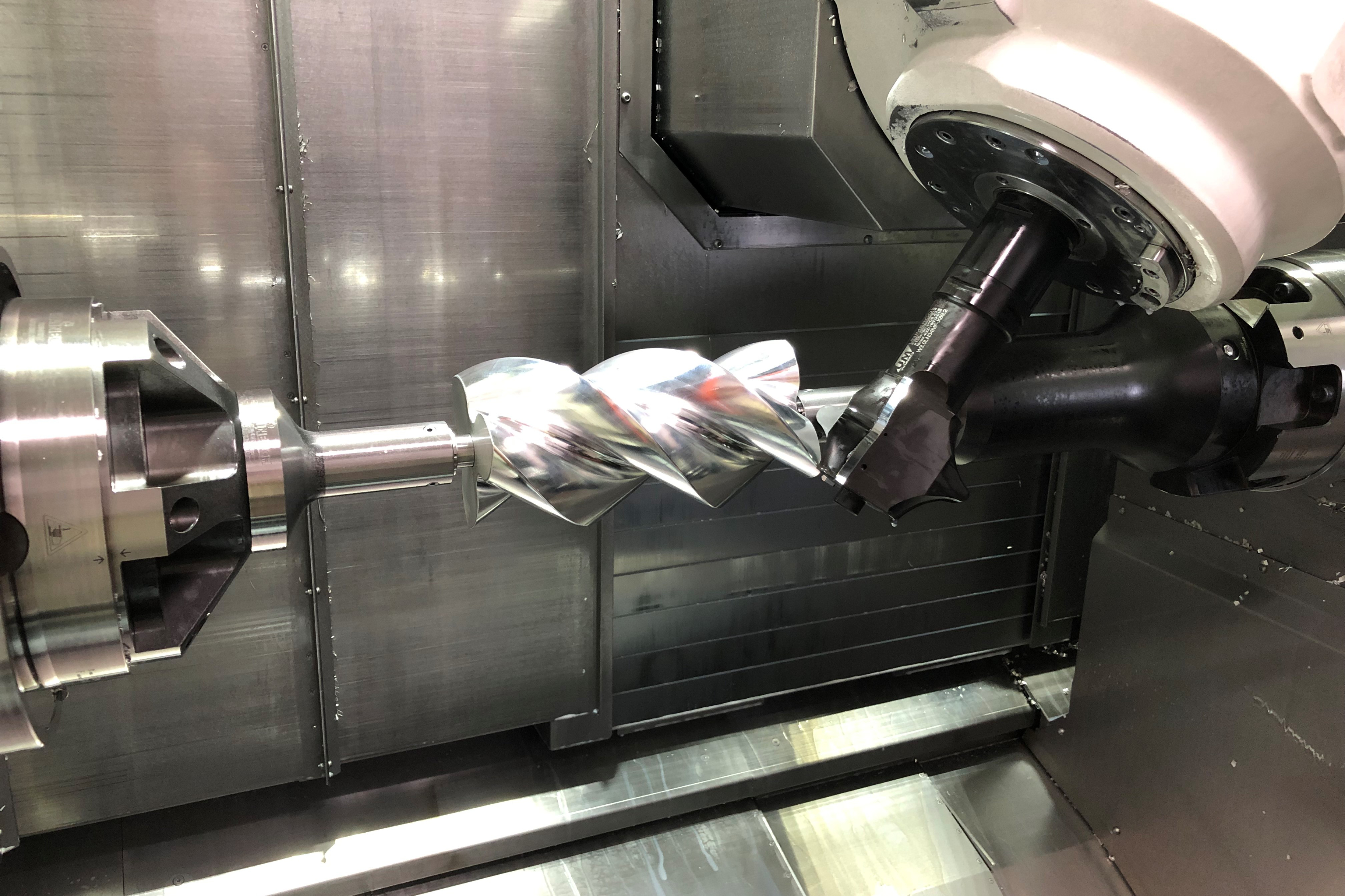Supply Chain or Inflation? The Real Question
The precision machined products industry is working overtime and outperforming the rest of the industry to ensure that people have the parts they need.
#pmpa

Is the supply chain broken or is there just too much demand?
Supply chain issues are (and have been) the top item on the news for most of the year. The images of the ships waiting to be unloaded at ports on both the West and East Coasts have us all convinced that there will be nothing in the stores. The videos on the news spotlighting empty shelves add to the belief that the supply chains are broken.
But the facts as I see them indicate to me that our supply chains are certainly under tension, but haven’t yet broken. The situation that we face, I believe, has several dimensions:
Featured Content
- Is the supply chain broken or is there just too much demand?
- Do we have the capacity and are we utilizing it?
- We need a finer focus to differentiate between local and global supply
Our precision turning industry, I will show, is still intact, outperforming the Fed’s Industrial Production indicator, and truly keeping U.S. OEMs in production.
Is the Supply Chain Broken or is There Just Too Much Demand?

PMPA’s Business Trends 2021
We all understand that earnings declined due to the response to the COVID-19 pandemic starting in March 2020. According to a Pew report, personal earnings fell in the second quarter by $860 billion from the prior quarter. But “Government transfer payments nationwide increased by an annualized $2.47 trillion from 2020’s first quarter.” (Pew) Rather than keeping an even keel, the stimulus and enhanced unemployment extra payments drove up the nation’s savings rate to 33.9% in April of 2020 — its highest level since 1960. The stimulus, in this case, was three times the earnings decline it was supposed to offset. That is a lot of excess cash that ultimately needs to be spent.
Do We Have the Capacity and Are We Utilizing It?
The consumers clearly had the means to demand more goods — they had more cash. But what of the supply? How did it fare as a result of COVID-19 policies while the consumers pumped up their savings rate?
According to the Federal Reserve, Industrial Production of Consumer Goods, September 2020-September 2021 only increased by 1.4%. Indeed, the Fed states that “Capacity utilization for manufacturing …remained below the long-term average” in its latest report. (bit.ly/PMPA-PM1221s)
如果“通胀”的定义是“我的太多了ey chasing too few goods,” I think we can see that we have an inflation and not a supply chain problem. Too much demand, too much cash in consumer hands — in excess of the capacity available to produce. We replaced almost three times as much cash as was lost during the shutdowns. (*To be clear, this is the definition of demand-pull inflation. There are several “flavors” of inflation. Demand-pull inflation best describes the situation today.)
We Need a Finer Focus Between Local and Global Supply.
For certain, many retail goods for consumers are imported. The latest data that I could find showed imports of goods in the U.S. amounted to $2.6 trillion in 2018 — a remarkably close number to the amount of the cash assistance provided here in the U.S. as a result of the crisis — but only 13% of U.S. GDP (U.S. GDP was ~$20 trillion+ in years 2018, 2019 and 2020). Walmart, Target, Home Depot, Lowe’s, Ashley Furniture, Dole, Samsung America, Family Dollar/Dollar Tree, LG group and Chiquita are the top 10 importers by container count, and these are definitely retail.
But when we look at the USA’s top imports by dollars, a different picture emerges — industrial and raw materials! What are the USA’s top imports? Machinery (including electronic computers), electrical machinery, minerals, fuels and oils, pharmaceuticals, medical equipment and supplies, furniture lighting and signs, plastics, gems and precious metals, and organic chemicals.
Many of these “top imports by dollars” are not consumer purchases directly — machinery, minerals, signs, plastics and chemicals come to mind.
What to make of this? Even counting all U.S. goods imports as consumers, it only amounts to one-third of consumer spending. What about the other two-thirds of the approximately $8.16 trillion in U.S. consumer expenditures? The other two-thirds are local.
Support Your Local Manufacturer!
The “buy local” signs are always visible in the markets and shops around the holidays, and in the summer months the farmers’ markets in the town square all convince you to “eat clean” and “eat local.” That same thinking makes perfect sense for manufacturing. Support the jobs of your friends, neighbors and family members. Right?
In September 2021, the PMPA Business Trends Sales Index hit a new record at 157. In 2010, the year after the Great Recession, that index was at 100. For comparison, at 157, the Business Trends Index was up 5.3% from the month prior, and up 23.6% from the five-year average for the month of September.
The Fed reported that “Industrial Production fell 1.3% in September… manufacturing output decreased 0.7%.” Yet our precision turned products shops had sales increases of 5.3%, in aggregate, among the 69 responding companies.
The supply chain for precision machined products is not broken. It is outperforming the Fed’s Industrial Production indicator. In fact, the components that we make are what make every other manufactured technology possible.
The parts made by your friends and neighbors in the precision machined products industry aren’t languishing in a container on a ship anchored offshore somewhere. They are being made — and shipped on demand — by our talented performers.
所以,当你不能得到的东西the store and somebody blames the supply chain, remember this: our capable and talented performers worked through the COVID-19 crisis to make parts for ventilators. Our performers are essential manufacturing. And we’re working overtime — 71% of our respondents scheduled overtime in September. We’re working overtime so people can have the things they need. We’re the people that make things.
Our talented people can compete against anyone anywhere — we don’t need to be protected from competition, it is what has made us better. Our products are shipping and available right now.
So, you can blame the companies that rely on imported goods for the shortages that you are probably seeing. Your friends and neighbors that are working in our precision machining shops are working overtime and outproducing the rest of the industry to ensure that you can purchase what you need. Our links in the supply chain may be stretching — but they aren’t broken.
Read More Articles fromPMPA:
About the Author
Miles Free III
Miles Free III is thePMPADirector of Industry Affairs with over 40 years of experience in the areas of manufacturing, quality, and steelmaking. He helps answer “How?, “With what?” and “Really?” Miles’ blog is atpmpaspeakingofprecision.com; email –mfree@pmpa.org; website –pmpa.org
相关内容
Context — The Missing Key to Workforce Development
Upskilling your current workforce is as important as finding new talent. To expose them to experiences that encourage them to become problem-solvers is imperative.
Craftsman's Cribsheet: How Sulfur and Manganese Improve Machinability
Because manganese and sulfur are intentionally added to the steel, manganese sulfides are present in the steel and at the edge of the tool where they optimize our machining process.
Quality — A Better Definition for Manufacturing
Quality is a critical factor in manufacturing. Has the definition changed over the years?




